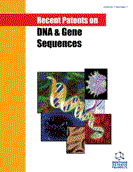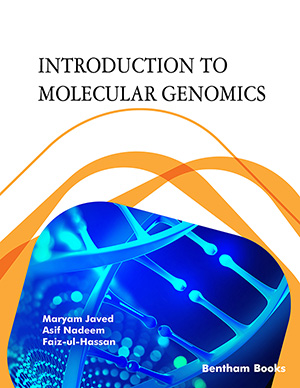Abstract
Bacillus thuringiensis (Bt) is the most widely used microbial control agent. The broad spectrum of susceptible hosts, production on artificial media and ease of application has caused the widespread use of this bacterium against several pests in agriculture, forest and vectors of human diseases. B.thuringiensis toxins are highly species specific which provide economic, environmental benefits, potential for future control and spread of the technology worldwide. This makes the B. thuringiensis crystal proteins an interesting tool for the implementation in integrated pest management programs. It has gained importance over the last 100 years for its biocontrol properties which is used in this review as a case study and analysis of the patents granted on B. thuringiensis was carried out. This study categorizes a number of patents related to B.thuringiensis insecticidal crystal proteins, application of B.thuringiensis insecticidal crystal proteins and the development of patentable technologies. The analyses were done using various criteria like patenting trends over the years, assignees playing a major role, comparison of the technology used in different patents and the patenting activity across the insect orders. Patent documents related to bacterium B.thuringiensis contain a trove of technical and commercial information and thus, patent analysis is considered as a useful tool for R management and techno economical development. Patent analysis also helps identifying and evaluating new and alternate technologies, keeping abreast with latest technologies for business interests, finding solutions to technical problems and ideas for new innovative trends.
Keywords: Bacillus thuringiensis, insecticidal crystal proteins, patent databases, patentable technologies, patenting trend, B. Thuringiensis Hybrid Toxin, Cloning, Patenting of Novel B. Thuringiensis Strains active, Lepidoptera, Coleoptera, Nematode, Hybrid Toxin, pest control, Boliven patent analysis search, 2169 bp gene
 91
91











